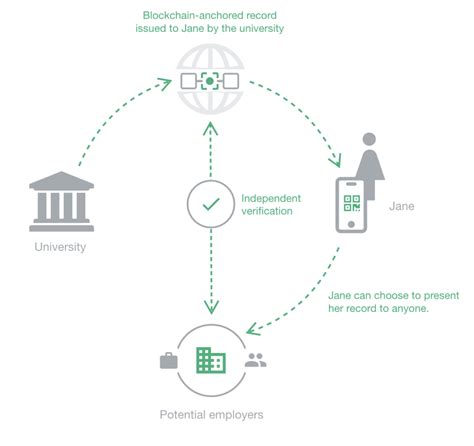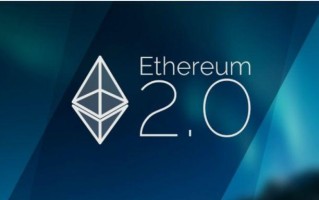Title: Comprehensive Introduction to Blockchain Technology
Blockchain technology has emerged as a revolutionary concept with farreaching implications across various industries. From finance to healthcare, supply chain management to voting systems, blockchain offers decentralized solutions that ensure transparency, security, and immutability of data. In this comprehensive guide, we delve into the intricacies of blockchain, exploring its fundamentals, applications, challenges, and future prospects.
Table of Contents:
1.
Introduction to Blockchain

2.
How Blockchain Works
3.
Types of Blockchains
4.
Applications of Blockchain
5.
Challenges and Limitations
6.
Future Outlook
1. Introduction to Blockchain:
Blockchain is a distributed ledger technology that enables secure, transparent, and decentralized recordkeeping of transactions across a network of computers. The core concept of blockchain revolves around the creation of a chain of blocks, each containing a list of transactions, cryptographically linked to the previous block, hence forming a chronological sequence.
2. How Blockchain Works:
Blockchain operates on the principles of decentralization, consensus, and cryptography. When a transaction occurs, it is broadcasted to a network of nodes. These nodes validate the transaction using consensus mechanisms like Proof of Work (PoW) or Proof of Stake (PoS). Once validated, the transaction is added to a block along with other transactions. The block is then appended to the existing blockchain, creating a permanent record.
3. Types of Blockchains:
There are primarily three types of blockchains:
Public Blockchains:
Open to anyone and everyone can participate in the network (e.g., Bitcoin, Ethereum).
Private Blockchains:
Permissioned networks where participation is restricted to authorized entities (e.g., Hyperledger).
Consortium Blockchains:
Semidecentralized networks controlled by a group of organizations (e.g., R3 Corda).4. Applications of Blockchain:
Blockchain technology finds applications across diverse industries, including but not limited to:
Finance:
Facilitating secure and transparent transactions, smart contracts, and decentralized finance (DeFi).
Supply Chain Management:
Tracking the provenance of goods, ensuring authenticity, and enhancing transparency.
Healthcare:
Securing patient data, facilitating interoperability, and streamlining processes like drug traceability.
Voting Systems:
Ensuring the integrity of elections through transparent and tamperproof voting mechanisms.5. Challenges and Limitations:
Despite its potential, blockchain faces several challenges, such as scalability issues, energy consumption (particularly with PoW consensus), regulatory uncertainties, and interoperability concerns. Addressing these challenges is crucial for the widespread adoption of blockchain technology.
6. Future Outlook:
The future of blockchain looks promising, with ongoing research and development focused on overcoming existing limitations. Emerging technologies like sharding, sidechains, and consensus algorithms aim to enhance scalability and efficiency. Moreover, regulatory frameworks are evolving to provide clarity and support for blockchain implementation.
In conclusion, blockchain technology represents a paradigm shift in how we store, manage, and transfer data. Its decentralized nature, coupled with cryptographic security, has the potential to revolutionize various industries, empowering individuals and organizations alike. However, addressing challenges and fostering collaboration are essential for unlocking the full potential of blockchain in the digital age.
This comprehensive overview provides a foundation for understanding blockchain technology and its implications, serving as a guide for both beginners and experts in the field. As blockchain continues to evolve, staying informed and adaptive is key to harnessing its transformative power.
标签: 区块链的英文名称 区块链的英文翻译 区块链英语怎么写 区块链英语介绍


